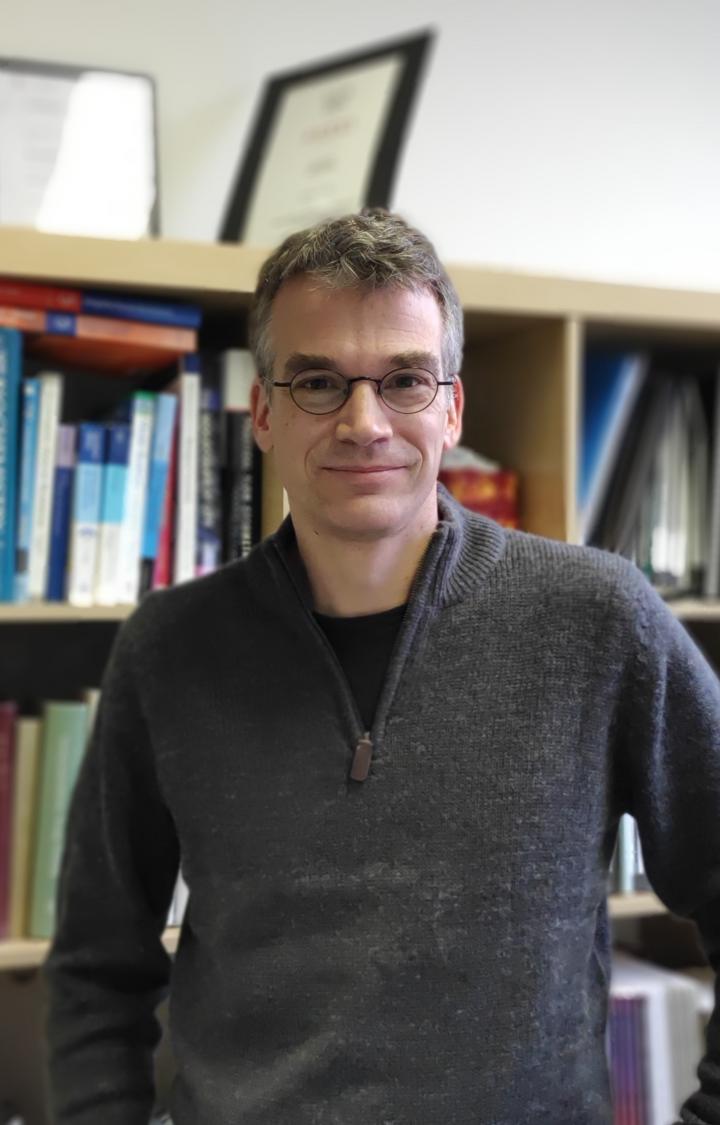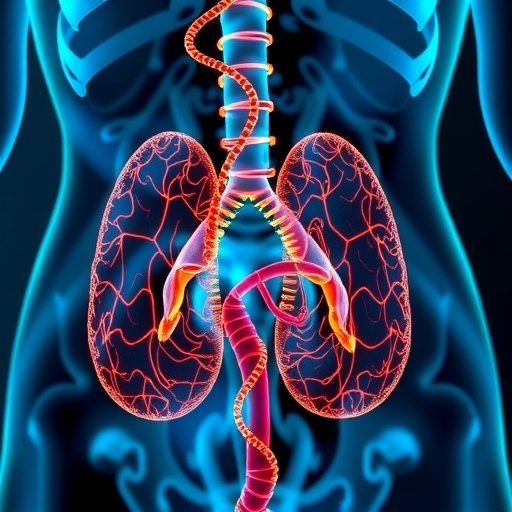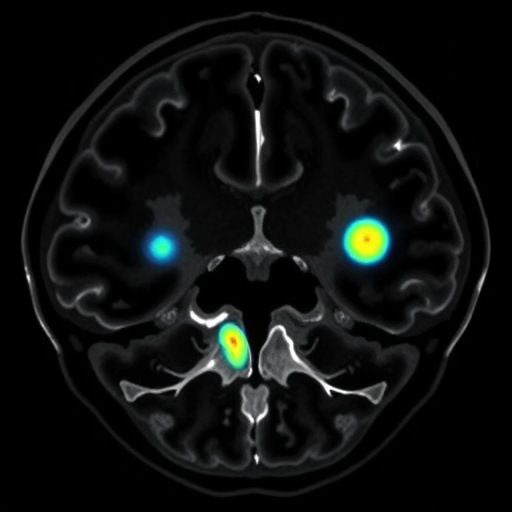
Credit: University of Groningen
Why do some yeast cells produce ethanol? Scientists have wondered about this apparent waste of resources for decades. Now, University of Groningen scientists think they have a solution: yeast cells produce ethanol as a ‘safety valve’, to prevent overload when their metabolic operation reaches a critical level. The implications of this new theory, which was published in Nature Metabolism on 7 January, could be far-reaching, as it also explains why cancer cells waste energy by producing lactate, known as the Warburg effect.
Cells use nutrients like glucose to make new cells. But sometimes, some of these nutrients are wasted. For example, the yeast Saccharomyces cerevisiae, which is used to produce beer, breaks glucose down into ethanol rather than carbon dioxide. ‘Metabolizing a six-carbon molecule to a two-carbon molecule, rather than to carbon dioxide, means part of the energy and matter stored in glucose is lost. It makes no sense’, says Matthias Heinemann, Professor of Molecular Systems Biology at the University of Groningen.
Metabolism
Evolution should have put an end to such a waste of resources, so biologists have tried to find a reason for its existence. ‘And similar wastefulness can be seen in other cells’, says Heinemann. A widely known example is cancer cells. These fast-growing cells excrete lactate, which is a similar waste of energy. And many bacteria waste energy as well. ‘This similarity between different organisms made us wonder whether there was a common denominator.’
Heinemann’s field of research is metabolism, the chemical reaction network that generates the building blocks for new cells. He hypothesized that there is an upper rate limit at which cells can operate their metabolism. With his PhD students Bastian Niebel and Simeon Leupold, he modelled the Gibbs energy dissipation in cells. This is the energy released by all chemical reactions taking place in a cell.
Something universal
By adding thermodynamics to a model with around 1,000 chemical reactions and combining the model with experimental data, Heinemann was able to determine the Gibbs energy dissipation rate as a function of glucose uptake. At first, the Gibbs energy dissipation increases with increasing rates of glucose consumption, but then a plateau is reached – and at that point, ethanol production starts. ‘This is the point where the cells switch from respiration to fermentation’, explains Heinemann.
Heinemann and his team obtained similar results for the gut bacterium E. coli, with a plateau at a comparable level of Gibbs energy dissipation. Heinemann: ‘Yeast and E. coli live in completely different environments, yet have about the same dissipation limit that is even at about the same value. This suggests that this limit is something universal.’ The exact reason for this limit is still unknown, but the scientists have come up with a working hypothesis. ‘Cellular metabolism has a maximum rate at which it can still operate.’ When this is reached, the cells open a ‘safety valve’ and glucose is broken down to ethanol, acetate or lactate, leaving part of the energy unused.
Damage
So what is causing this limit? ‘Part of the energy is dissipated as heat, but this is too little to bother the cells. Our idea is that when enzymes catalyze a chemical reaction, they get a tiny push during the reaction, which makes them move. If they work very fast, this could mean that there is too much movement inside the cells, which could damage certain cellular structures.’ Studies on the movement of enzymes inside the cell at different metabolic rates could confirm this.
In the meantime, Heinemann believes that he has now solved the mystery of not just ethanol production in yeast, but also the Warburg effect in cancer cells. Almost a century ago, the late Nobel Laureate Otto Warburg observed that cancer cells have a high rate of glycolysis with lactate excretion. This waste of energy and matter is, Heinemann believes, the ‘safety valve’: ‘There are some experiments going on with drugs that block lactate production as a way to treat cancer. The mechanism of these drugs could be to close the cells’ safety valve.’
Entropy
Not all cells need a safety valve, though. ‘Some yeast strains have a slow glucose uptake, so they will never be in danger of metabolic overload. And indeed, these yeast species don’t produce ethanol’, says Heinemann.
The discovery brings to mind a quote from Erwin Schrödinger’s seminal work ‘What is Life’: ‘The essential thing in metabolism is that the organism succeeds in freeing itself from all the entropy it cannot help producing while alive.’ This statement should be extended, Heinemann says, with the following: ‘However, there is an upper rate limit at which cells can free themselves from this entropy, and this limit governs how cells operate their metabolism.’
###
Reference: Niebel B, Leupold KES, Heinemann, M: An upper limit in Gibbs energy dissipation governs cellular metabolism, Nature Metabolism, 7 January 2019.
Media Contact
Rene Fransen
[email protected]
Related Journal Article
http://dx.




